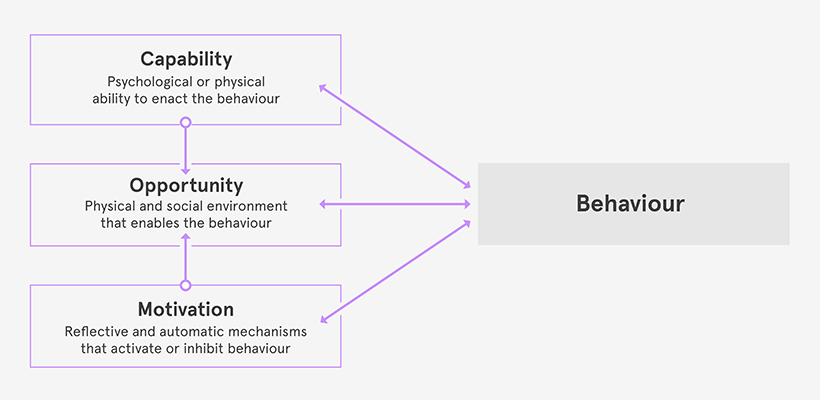Why context is king for any truly human-centric organisation
Incite’s contributions to Kin + Carta’s 2021 Change Report got us thinking about the critical role that context plays in shaping our behaviours, views and motivations.
The last twelve months have taught us that no man is an island; we are social creatures and our actions affect others. Similarly, no human behaviour happens in a vacuum, we are continually being shaped and influenced by our surroundings.
What then are the key contextual factors affecting consumers today? The 2021 Change Report gives a detailed snapshot of the social, tech and cultural changes affecting business and consumer decision-making: from sustainability and inclusion to the contactless economy and the workplace.
Below are three thoughts on what context means and how you can build it in to your problem solving.
1 / Context shapes behaviour. And our daily context is changing
True human understanding means going beyond what people say and do to understand the context in which they make their decisions. It’s the role of context for example which helps explain why people are actually more likely to choose fries with their meal when a salad is added by default.
Looking beyond the office canteen to the future of the workplace as a whole, it’s clear that significant changes are afoot. The Change Report revealed that 58% of people can’t see the way they do their jobs returning to pre-pandemic norms. With a new hybrid future on the cards, many companies are considering how to design their office environments to encourage collaboration and creativity.
They could do worse than copy Steve Jobs who, in 1986 at Pixar, located the office bathrooms in the centre of the workspace, with the result that “Pixar’s employees started to bump into each other. They shot the breeze. Sometimes, the chatter would yield something useful, and one of the participants would head back to her desk with a new idea.”
With the pandemic changing almost every aspect of how we live and work, smart brands need to understand how this new context is shaping decision making in their markets.
2 / Not everyone’s context will be the same
Context also means the experiences which shape people. In this age of activism, movements like Black Lives Matter, #MeToo, ExcludedUK and Diversity and Inclusion (D&I) have bumped equality up the global agenda and shone a light on the implicit biases and challenges that shape the contexts and lived experiences of certain audiences.
Similarly, home working and home schooling has brought the concept of digital poverty to the fore. As the Change Report mentions, the UK government allocated £84 million to providing devices for children without suitable remote learning access during the pandemic. In considering context, it is essential for brands to consider the vast range of human experiences to design for inclusion and diversity in all its forms.
3 / Two tools to help you consider context
Behaviour change and design thinking offer several approaches to prompt us to understand the wider context in which people make decisions.
1 / COM-B
A diagnostic tool developed by UCL’s Centre for Behaviour Change, beloved by behaviour change teams as a systematic approach to understand the contextual challenges to changing behaviour.

2 / Empathy Maps
At Incite, we use Empathy Maps as a tool to become more human-centric in our thinking. Brilliantly versatile, the framework can be used to breakdown the motivations of consumers and colleagues alike – we’re all human after all.
Get in touch to talk more about Incite’s approaches for exploring consumer context.
Over the coming weeks we will discuss how human-centricity helps uncover richer insights, galvanise teams to action and develop strategies that lead to profitable growth. Sign up to our newsletter to access the content.




